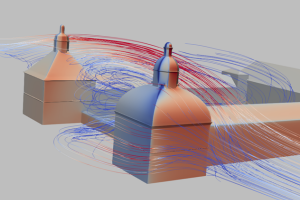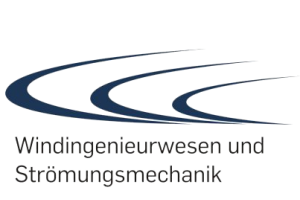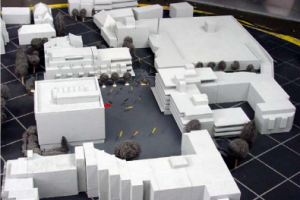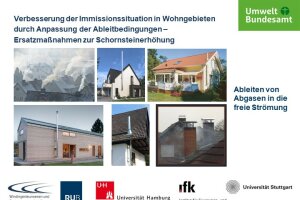TO TOP

Research project

Publications
Compilation of the publications of the WIST working group
Publications

Topics

UBA Project
Improvement of the immission situation in residential areas by adapting the discharge conditions
FKZ 3722 19 301 0

Which Rough
Comprehensive study of mixing profiles in the atmospheric boundary layer.
Which Rough

DFG - 493357786
Modelling of vortex-excited aeroelastic vibrations in slender building structures
DFG - 493357786





